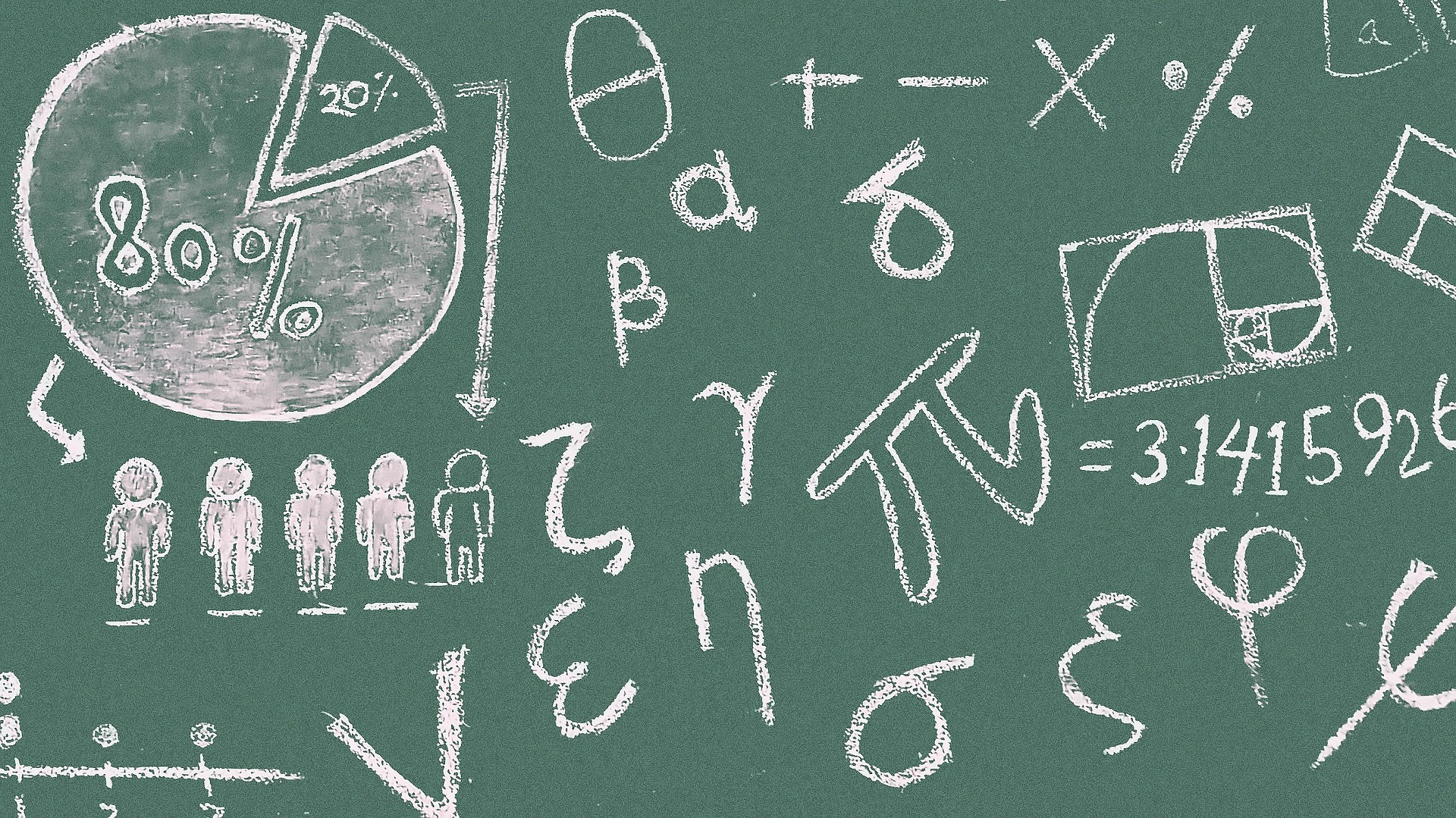Recently, as I was sitting in the dentist’s chair, I mentioned to my dental hygienist that I had just written a new book entitled The Great Classroom Collapse, which tells the stories of students, parents, and teachers who are experiencing the implosion of math and reading learning in America’s schools. In response, she launched into a description of how her own child had been the victim of ineffective progressive teaching methods, especially in math.
She said that her daughter was having a hard time understanding how to do mathematical operations using the convoluted methods favored by progressive educators and buttressed by the Common Core math standards, which many states, including California, adopted at the urging of then-President Barack Obama.
As an immigrant, my hygienist remembered that math was taught in a much more straightforward way back in her birth country. To help her daughter she hired a math tutor, who was also from her birth country and who used traditional math techniques such as getting the right answer by using the standard algorithms for mathematical operations (standard algorithms are the step-by-step process guaranteed to solve classes of math problems like addition, subtraction, or multiplication). It worked.
Her daughter experienced a math epiphany. Math operations that seemed so opaque and incomprehensible under the progressive math instructional regime in her public school became clear, logical, and understandable using the traditional techniques.
However, according to progressive math ideology, getting the right answer is not enough and is actually discouraged if progressive rules are not followed. My hygienist’s daughter found out this ideological math fact of life the hard way.
When she took an in-class math test she got all the answers right using the traditional techniques taught to her by her tutor. However, her teacher gave her an F grade because she did not use progressive math procedures to solve the problems—the same procedures that caused her to be confused in the first place.
Mindless adherence to progressive techniques, rather than getting the right answer, is therefore the goal. No wonder then that my hygienist said that her daughter hates math.
So what exactly is Common Core-influenced progressive math forcing kids to do?
For example, rather than having children memorize the multiplication table, they are asked to use indirect methods such as drawing pictures of rectangular arrays and area models.
Imagine all the extra time and work these methods require versus just committing math facts and operations to memory and being able to automatically recall them.
For The Great Classroom Collapse I interviewed Mike Malione, a former high school math teacher who is now a professional math tutor.
Most of the students that Mike tutors come from Piedmont, an affluent town in the Bay Area. Despite coming from well-to-do families, Mike saw a big problem in the way that math was taught to young children in Piedmont public schools.
In class, when multiplying two fractions, such as 1/2 x 3/4, students are asked to draw pictures to illustrate how to solve the problem.
Often students are forced to draw pictures multiple times before they are told they can simply multiply the numerators, 1 x 3, and the denominators, 2 x 4, to get the right answer of 3/8.
Mike said: “We’re going to draw a picture every time we’re given 10 problems with fractional multiplication, when you could do them in your head? We’re going to take time and draw 10 pictures and draw lines and shade? That’s insane.”
Students subjected to ineffective progressive math instructional methods get frustrated.
Malione had students he tutored who “don’t remember how to multiply two-digit numbers because they never practiced it enough,” and it becomes frustrating when “the work is getting harder to the point that they don’t want to draw pictures every time.”
Weaker students, he said, “are the ones who are completely lost.” “They could be learning more in the early grades, but they are not,” he noted, “and “some are frustrated because they are struggling and they don’t know why.”
What students need, he says, is “good and directed explicit instruction,” which means “a logical step-by-step development of increasingly difficult concepts and involved procedures.” In other words, what works is rigorous traditional math.
Unfortunately, California continues to go in the opposite direction.
The recently enacted California Mathematics Curriculum Framework criticizes memorizing math facts and operations such as the multiplication table.
An article co-authored by Malione points out: “When the framework mentions memorization, these sentences include phrases disparaging it, like ‘unproductive beliefs,’ ‘facts devoid of meaning,’ ‘low cognitive demand,’ ‘arbitrary laws,’ ‘not blind memorization of number facts,’ ‘unproductive notions,’ etc. Not even once does the framework state students should memorize their multiplication tables.”
Ineffective math instruction in K-12 leads to students lacking adequate preparedness for college, which then leads to poor job prospects.
A California college math professor I interviewed for my book said, “That lack of preparedness just propagates up and up and up, even to upper division classes where, without a curve, pretty much everybody will fail.”
Sadly, he concluded, “You can see that the [Silicon Valley] companies don’t want these graduates.”
Whether it is the daughter of my dental hygienist or the children Mike Malione tutors or the students in the college professor’s calculus class, they are all struggling because of conscious decisions made by adult policymakers to put blind commitment to progressive ideology over what really works for kids. That is not only a tragedy it is a crime.
Lance Izumi is senior director of the Center for Education at the Pacific Research Institute. He is the author of the new PRI book The Great Classroom Collapse: Teachers, Students, and Parents Expose the Collapse of Learning in America’s Schools.

